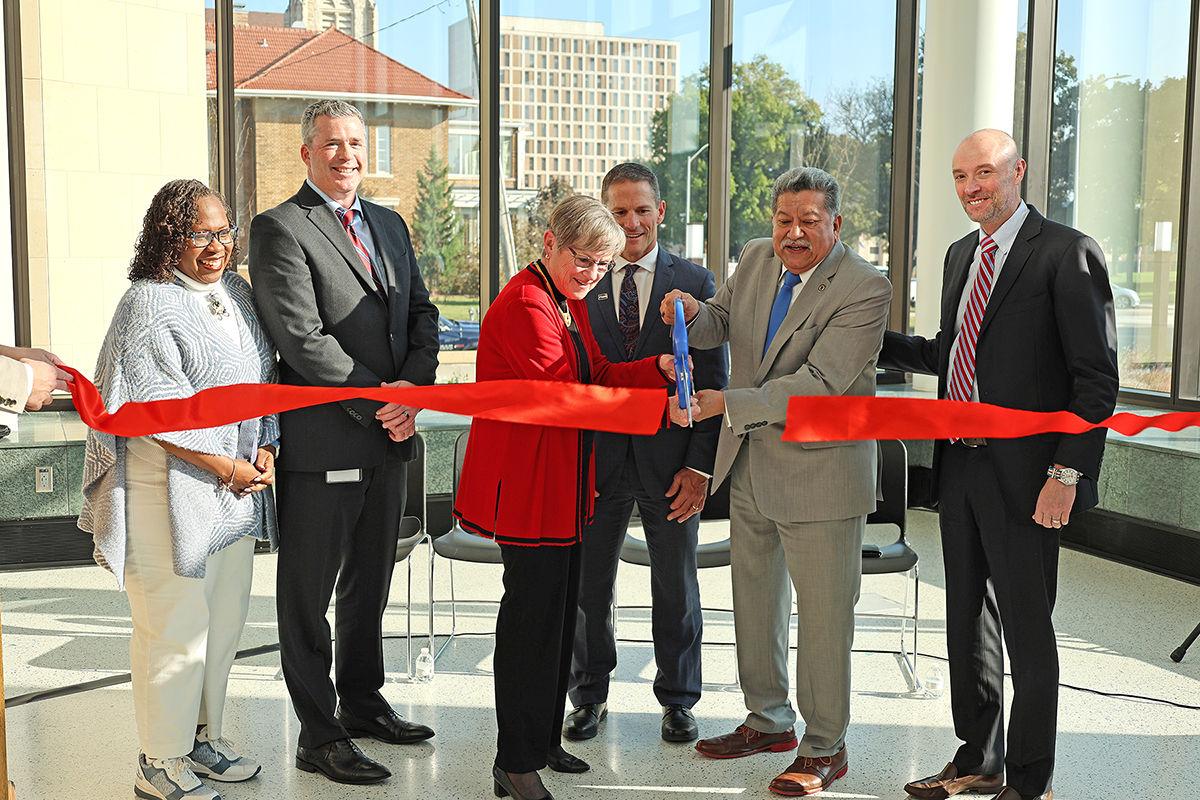A well-preserved Roman sarcophagus, dating back approximately 1,700 years, has been uncovered in Budapest, providing significant insights into ancient life. The excavation, conducted by archaeologists from the Budapest History Museum, took place in the Óbuda district, an area that was once part of the thriving Roman settlement known as Aquincum.
The limestone coffin was discovered during a large-scale excavation, sealed tightly with metal clamps and molten lead, which helped maintain its integrity over the centuries. When researchers lifted the lid on September 30, 2025, they found a complete skeleton accompanied by a collection of artifacts, including glass vessels, bronze figures, and coins.
Significance of the Discovery
Lead archaeologist Gabriella Fényes stated, “The peculiarity of the finding is that it was a hermetically sealed sarcophagus. It was not disturbed previously, so it was intact.” This discovery is particularly noteworthy as the sarcophagus was located among the ruins of abandoned houses in a part of Aquincum that had been vacated in the 3rd century, later evolving into a burial site.
The artifacts found within the sarcophagus include two intact glass vessels, a bone hairpin, a piece of amber jewelry, and a significant number of coins—140 in total. These items suggest the grave belonged to a young woman, as indicated by the size of the skeleton and the nature of the accompanying objects. The presence of luxury items further implies that she may have belonged to a higher social class.
Insights into Roman Life
The grave’s location and the richness of its contents provide a glimpse into the social customs of the time. According to Gergely Kostyál, a specialist in Roman history and co-leader of the excavation, “This probably means that the deceased was well-to-do or of a higher social status.” He emphasized the rarity of finding an untouched sarcophagus, noting that during the fourth century, it was common to reuse earlier coffins. “It is quite clear that this sarcophagus was made specifically for the deceased,” he explained.
Excavators also uncovered a layer of mud approximately 4 centimeters thick from inside the coffin. Fényes indicated that further treasures might still be hidden within this layer, expressing hope for the discovery of jewelry or other artifacts. “We haven’t found any earrings or other jewelry belonging to the woman, so I hope that these small items will turn up during the sifting of the mud,” she said.
The excavation not only contributes to the understanding of ancient Roman burial practices but also evokes an emotional response regarding the care shown by the deceased’s relatives. Fényes reflected on this aspect, stating, “I was very touched by the care and expression of love that we were able to get a glimpse of. Even now, I shudder to think how painful it must have been for the people at that time to bury this young lady.”
As anthropologists prepare to study the remains further, this discovery stands as a testament to the rich history of the region and the enduring legacy of the people who once inhabited it.







